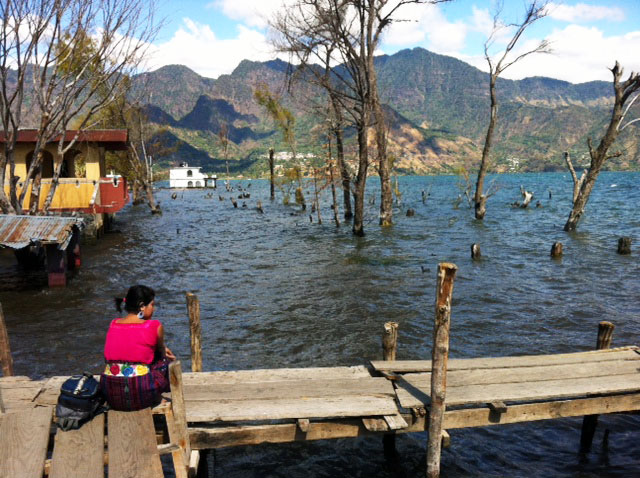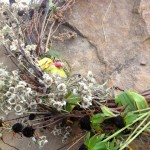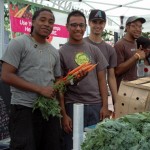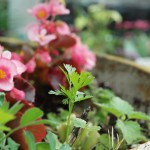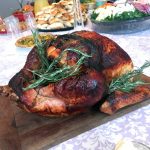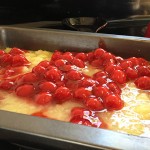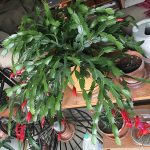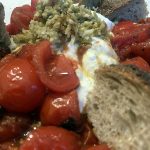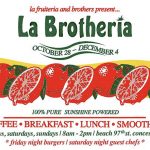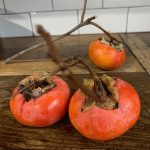Tortillas – San Pedro La Laguna, Guatemala
I never realized how important tortillas could be until we started traveling in Guatemala. More precisely until we visited San Pedro la Laguna. San Pedro is a pueblo (town) located next to Lake Atitlan in the mountains of Guatemala. It is populated by the descendants of several Mayan tribes who primarily speak the indigenous language of “Tzutujil” with Spanish coming in a close second.
After spending a week in Antigua, a fairly colonial town near Guatemala City, we took a 3 + hour bus ride to San Pedro to spend a week studying Spanish while living with a local family. We expected life in the country to be a little different and were not disappointed. One aspect of life around San Pedro that is particularly interesting is the importance of maize (corn). Each family in San Pedro has a small plot of land in the nearby mountains where food is grown to supplement meals at the family’s homes in the town. The most commonly grown crops are corn and coffee, but there are also trees full of oranges, mangos, pineapples, limes, and avocados. At the end of each day, you can see the men with their colorful traditional Mayan clothes walking down from the mountains with heavy bundles on their backs full of corn, coffee, and firewood.
As opposed to the standard yellow corn grown in the United States, here the corn is more colorful, boasting shades of red, yellow, white and black, and is an important part of the Mayan tradition. They make tamales, chuchitas (a smaller kind of tamale), pupusas (black bean quesadillas) and most importantly the tortillas themselves which are consumed at nearly every meal.
At our home stay, the cook of the house, Inez, makes her tortillas fresh several times a day by hand and cooks them on a wood burning stove because the regular gas stove is “not as good for making tortillas.” As a child, Ines suffered from polio, so each day it is a struggle for her to climb up the three flights of stairs to her rooftop kitchen where she sits patting her maize mix into delicious tortillas. Her tortillas are clearly a source of pride for her. Though my spanish is still pretty rusty, here is the recipe as best as I can understand:
-Corn (which is dried then ground into meal or masa)
– agua (water)
– salt
– cal (some kind of lime)
The mixture is cooked then allowed to cool overnight. the kernels are then peeled and it is then ground into a flour called “masa”. Water is then added until it forms a dough. Then Ines takes small amounts and pats them into tortillas that are about 6 inches in diameter which are cooked for a few minutes on her wood burning stove until they begin to turn brown. They are smaller and thicker than the tortillas you get at the grocery stores in the U.S. They are served warm, often with black beans…and boy, are they tasty!
So apparently the calendar is not the only thing the Mayans are known for in this part of the world. Tortillas and coffee are a huge part of every day life here by the lake. So much so that babies are given coffee from the age of 6 months and the families farm the mountainside for enough food to get by. Tourism is becoming a big part of life here. Most of the tourist hotels and restaurants located down the hill from the town’s center market, which is affectionately known as “gringolandia,” go a long ways to supporting the local economy. Despite a fast-changing world, the indigenous culture in San Pedro la Laguna continues to flourish with the time-honored traditions of food cultivation and preparation.

